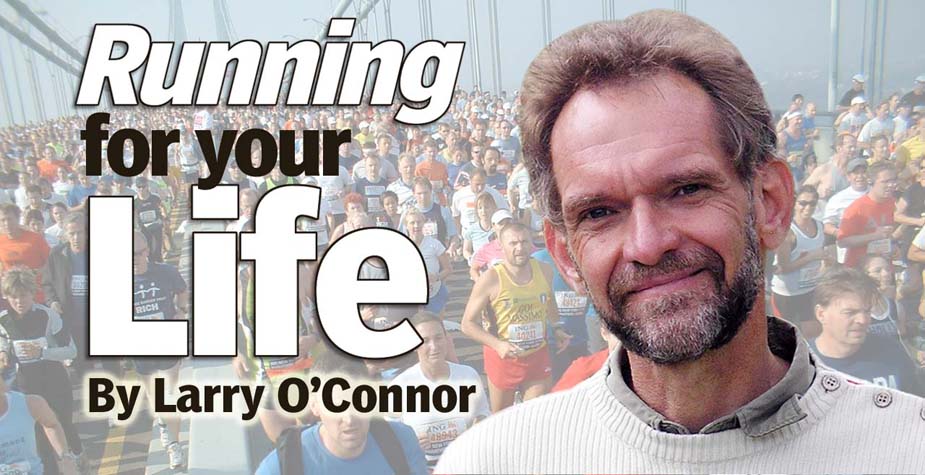Such is the case
in this chunk of the “Media in the Age of Algorithms” chapter in the book, “WTF?”
by tech thinker Tim O’Reilly:
“Virtually every
consumer-facing Internet service uses constant experiments to make their
service more addictive, to make content go viral, to increase its ad revenue or
its e-commerce sales. Manipulation to make more money is taken for granted, its
techniques even taught and celebrated.
But try to
understand whether or not the posts that are shown influence people’s emotional
state? A disgraceful breach of research ethics!
There is a master
algorithm that rules our society, and …
it is not some powerful new approach to machine learning. It is a rule that was
encoded into modern business decades ago, and has largely gone unchallenged
since.
It is the
algorithm that led CBS Chairman Les Moonves to say in March 2016 that Trump’s
campaign ‘may not be good for America, but it is damn good for CBS.’
You must please
the algorithm if you want your business to thrive.”
Next: Running for Your Life: WTF? Part Two
